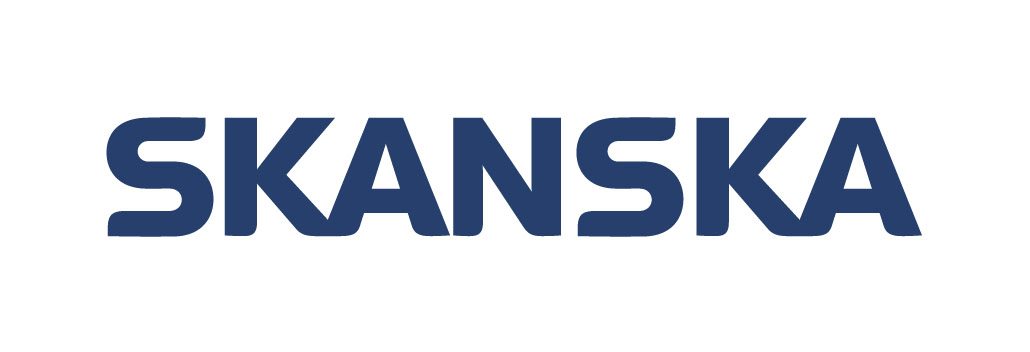Why using recycled materials needs to become the norm, not the exception
In recognition of World Environment Day (5 June), Midland Lead sales and marketing manager Lynn Street discusses the importance of using recycled material in construction.
World Environment Day is no longer just a day to pay lip service to turning down the thermostat, or pledging to use less water. Every aspect of society is now affected by the urgent need to become more sustainable and this is particularly true for the construction industry.
Re-use, don’t waste
It’s no secret that the construction industry has a huge impact on the environment. As well as being an intensive energy user it is the largest consumer of materials in the UK and the largest producer of waste (WRAP). While efforts are increasing to reduce construction waste going into landfill, little is being recycled or re-used, and the quantity of re-used materials in construction has decreased since 1998. (UK Green Building Council).
Despite there being many opportunities to use recycled materials such as wood, glass, rubber, plastics, aggregates, plasterboard – and of course, lead – there still seems to be some hesitation in specifying this type of resource. Common concerns include: will it cost more? Will more effort be required? Is the quality and performance going to be as good?
The overarching message needs to be that unless we start using more recycled material as part of our construction projects, our waste situation is going to become unmanageable. Manufacturers, designers, specifiers, architects and contractors can all play their part in improving the sustainability of the construction industry, whether it is choosing recycled materials, utilising BIM to maximise the environmental design of a building, or ensuring products used meet the latest standards.
Incorporating the use of recycled material at the design stage of a project sets out a clear message to all involved that sourcing this type of product is crucial. Mindsets can be changed, but commitment from the outset is key. By using recycled materials, the need to extract raw materials is removed and there is less requirement for heavy processing and manufacture, thereby saving energy. With clients putting more emphasis on the eco-friendliness of their building, it is in the interest of the entire supply chain to include as many recycled resources as possible

Lead – the ultimate green building product
The sustainable properties of lead are often overlooked. Despite being a traditional product used since the Roman times, it is still without doubt the best choice for waterproofing and sealing. It is also fully recyclable, in fact 95 percent of the lead used in the UK building industry is recycled, this is in stark contrast to lead alternatives, which have a recovery rate of less than 10 percent. Choosing lead is therefore one of the greenest choices you can make for a project.
Here at Midland Lead, we use 100 percent recycled lead, lowering the need to source raw materials. We make all of our lead sheet from old lead and specifiers can be reassured that lead can be re-used over and over again and its performance will still remain outstanding.
Our manufacturing process is in itself energy efficient. Due to lead’s low melting point (327℃), less energy is used compared to alternative products. Our commitment to keeping our processes as environmentally friendly as possible has even led us to employing a PhD student from the Sustainable Manufacturing Systems centre at Cranfield University. Arun Prabhakar is part of the Knowledge Transfer Partnership and is undertaking three key research projects on the manufacture of lead. One of his focuses includes looking in detail at the manufacturing process and how it can be made even more energy efficient. His work will form an important part of how we operate in the future.
There may be an increase in lead alternatives entering the market, but ultimately, nothing can replace it. In terms of durability, lead can last over 100 years which is around double the life expectancy of the alternative products.
When choosing sustainable building materials, we know that many specifiers and architects start with accreditations. Lead is in the BRE Green Guide rated A or A+ and as a company we are ISO 14001 accredited, which is the best-known environmental management standard and looks at the manufacturing process as a whole.
Building for the future
The benefits of building using reclaimed or recycled materials extend throughout the supply chain. Reducing waste disposal costs, meeting the client’s eco requirements, reducing CO2 emissions, complementing other aspects of the sustainable design, increasing your competitive advantage – the list goes on. Being aware of the environmental benefits of lead could ensure your project not only has the aesthetic and durable properties required, but ticks the eco-friendly box too.
Sourcing recycled materials may be more time consuming initially, but sets the standard for future construction.

Lynn Street,
Midland Lead Sales and Marketing Manager



